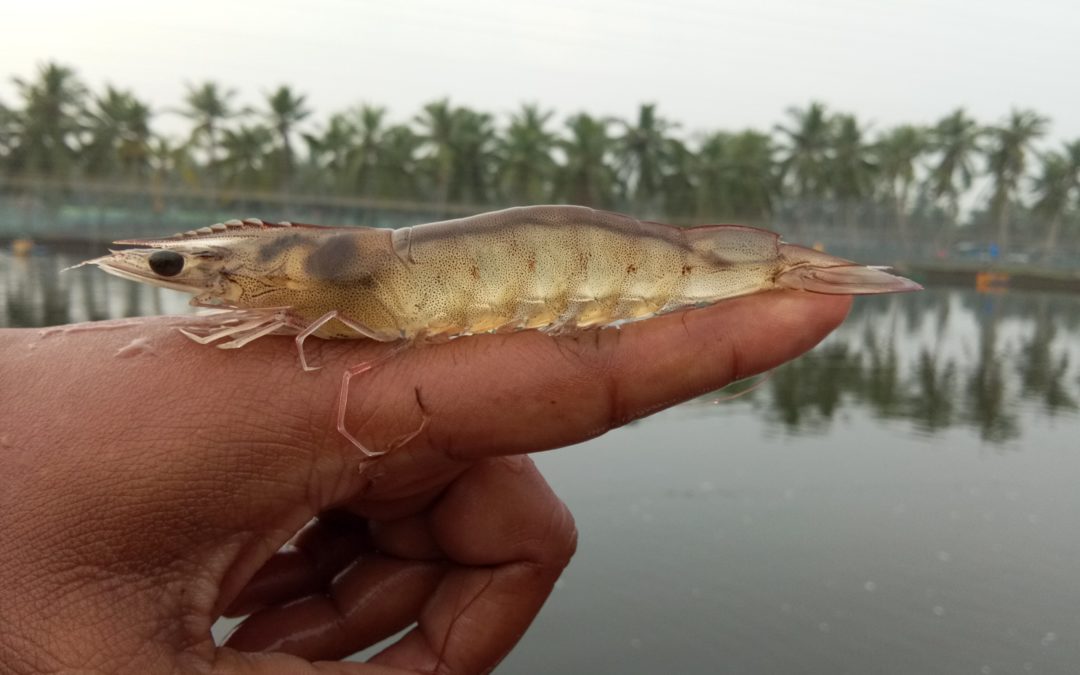Shrimp feed is complex mixture of nutrients which help in shrimp growth. Shrimp feed is highly proteinaceous in nature and the materials added are either from plant source or from animal source. Since shrimps are premitive organisms which do not have well developed digestive system, it is difficult for them to digest the feed. The digestive cycle of shrimps are only 20 min and in that 20 min the feed has to be digested and the nutrients should be absorbed which will help the shrimp in digestion, survival and beat external factors which affects the ecology.
Shrimp digestive systems main organ of digestion is hepatopancreas. The functions of hepatopancreas are synthesizes and secrets digestive enzymes for food digestion & absorbs digested material. Hepatopancreas transports the stored nutrients to the muscle, gonads and other tissues during the growth and reproductive stages. Hepatopancreas helps in the metabolism of lipids and carbohydrates.Hepatopancreas is the storehouse of large amounts of energy (lipids) for supplying energy during molting, starvation or reproduction. Hepatopancreas is an important site for the synthesis of vitellogenin and sex steroid hormones for some biosynthetic steps in these pathways. Hepatopancreas plays important roles during growth and reproduction process in shrimp. Hepatopancreas act as a site for reserves of mineral and organic products.
Pathogenic Vibrios entering shirmps through oral route target hepatopancreas and restrict the vital body functions, by which the growth of shrimps get affected and leading to monetary losses. By providing potent beneficial microbes and the damaged or infected hepatopancreas can be restored.
Vitamins are necessary for the assimilation and growth of shrimps. Vitamin deficiency leads to poor appetite, slow growth and poorer feed conversion. Vitamin C is a multidimensional which can reduce stress, improve non specific immune system of host, takes part in collagen synthesis.
Vitamin B1 aids growth, digestion, fertility, nervous system, carbohydrate metabolism and oxidation of glucose. Vitamin B6 vision, enzyme functioning ,energy metabolism, respiration of poorly vascularised tissues, metabolism of carbohydrates, fats and proteins.
When the hepatopancreas is infected / damaged the essential digestive enzymes are not available for carrying out digestion of feed. Uni Max is unique combination of Probiotics, vitamins and enzymes which help in the digestion and rejuvenation of damaged hepatopancreas, increase in average body weight and increasing the Feed conversion ratio.





